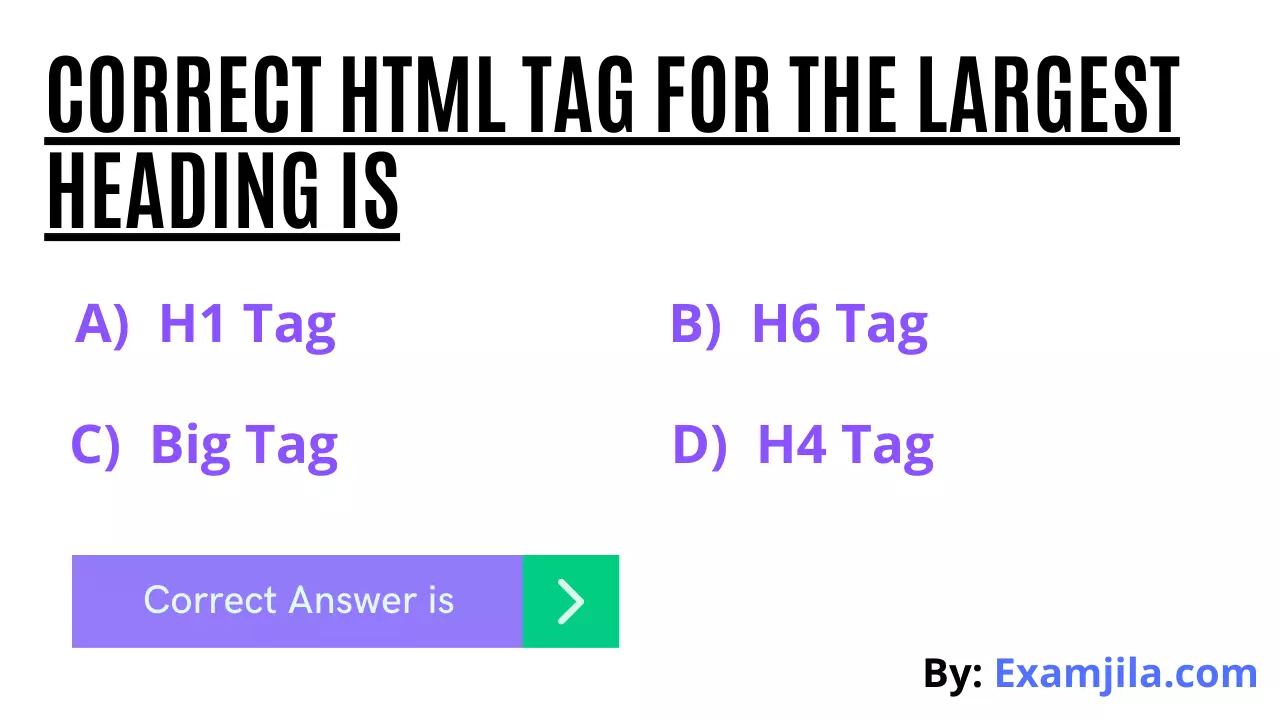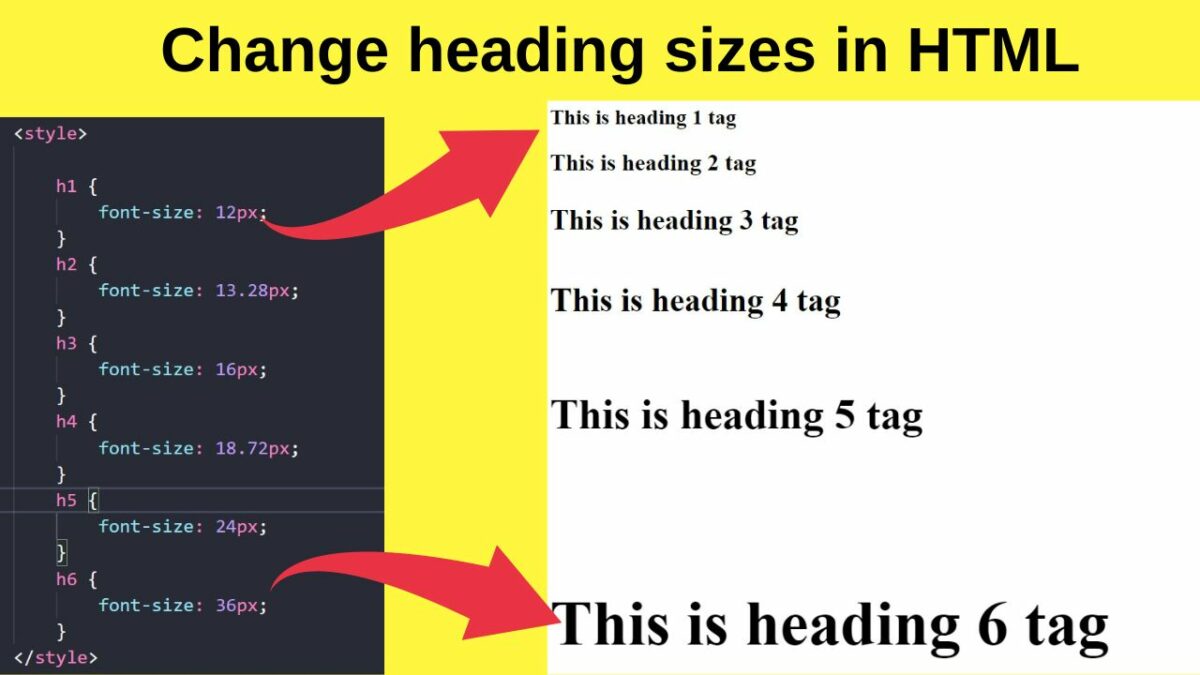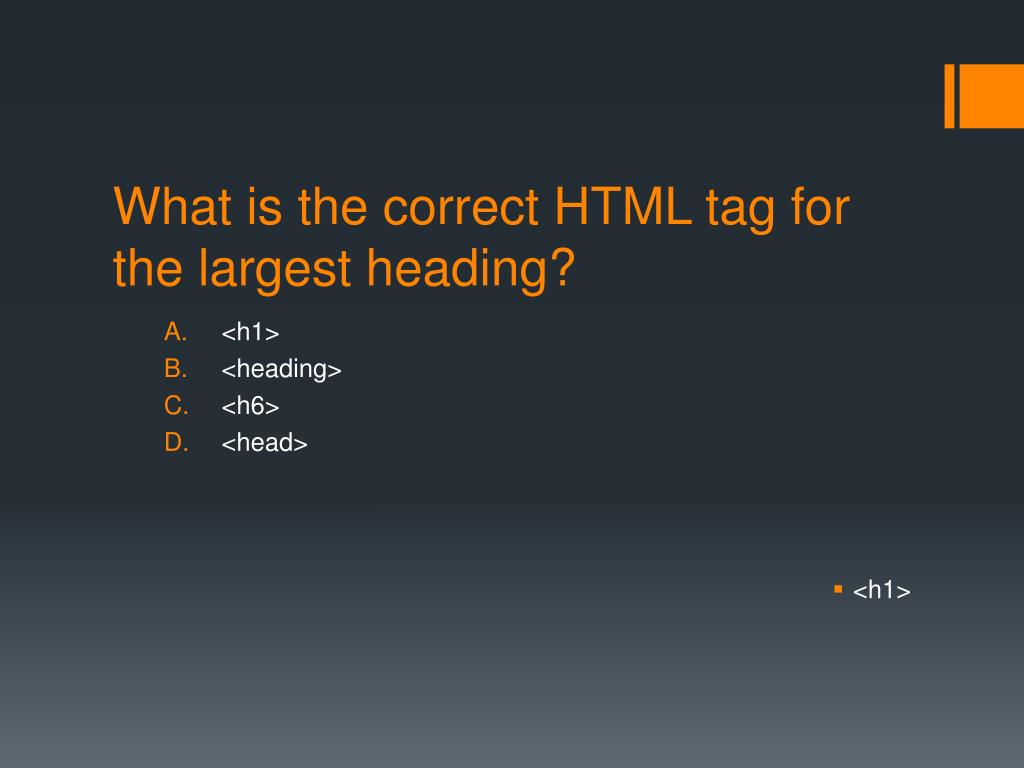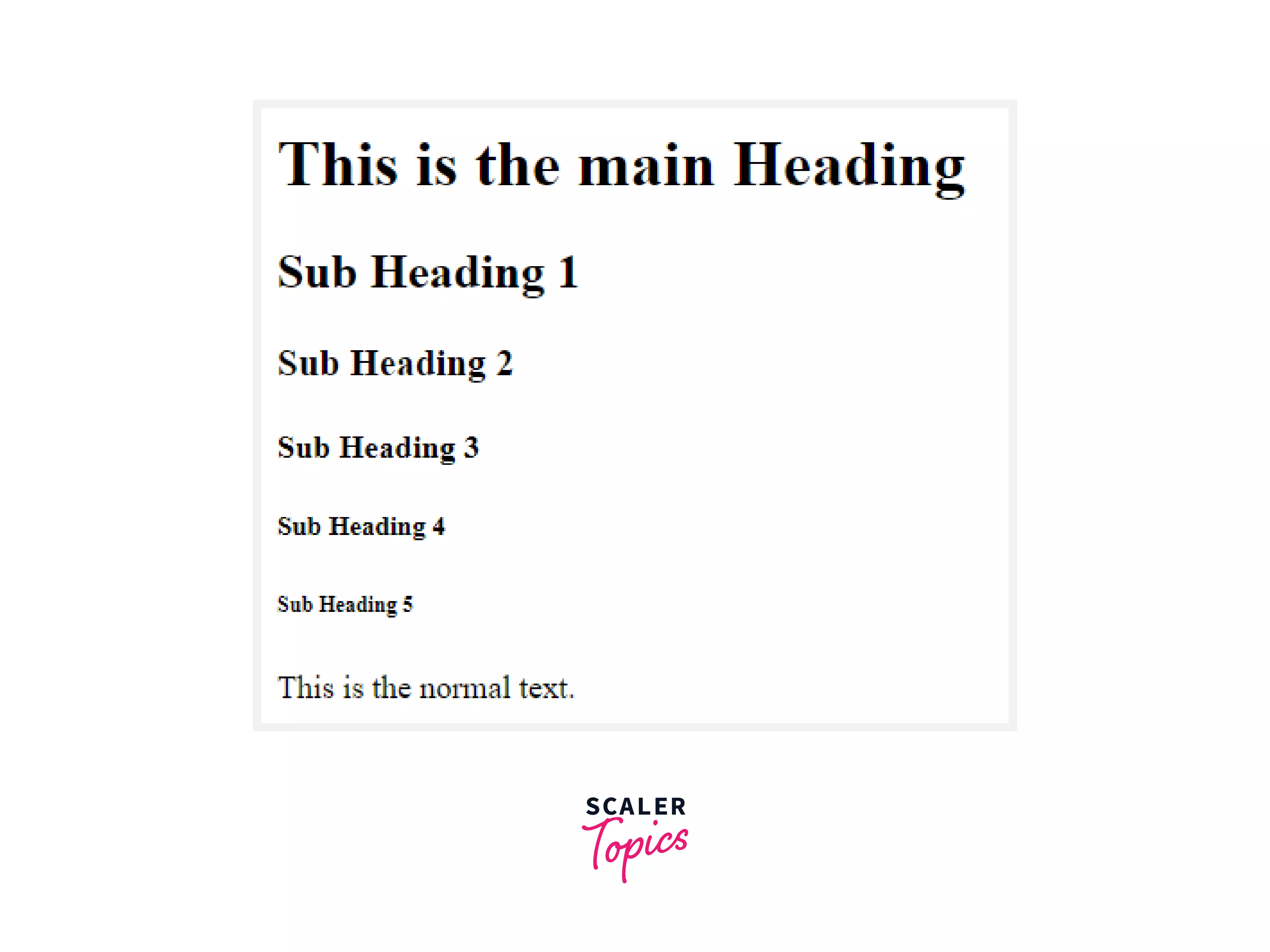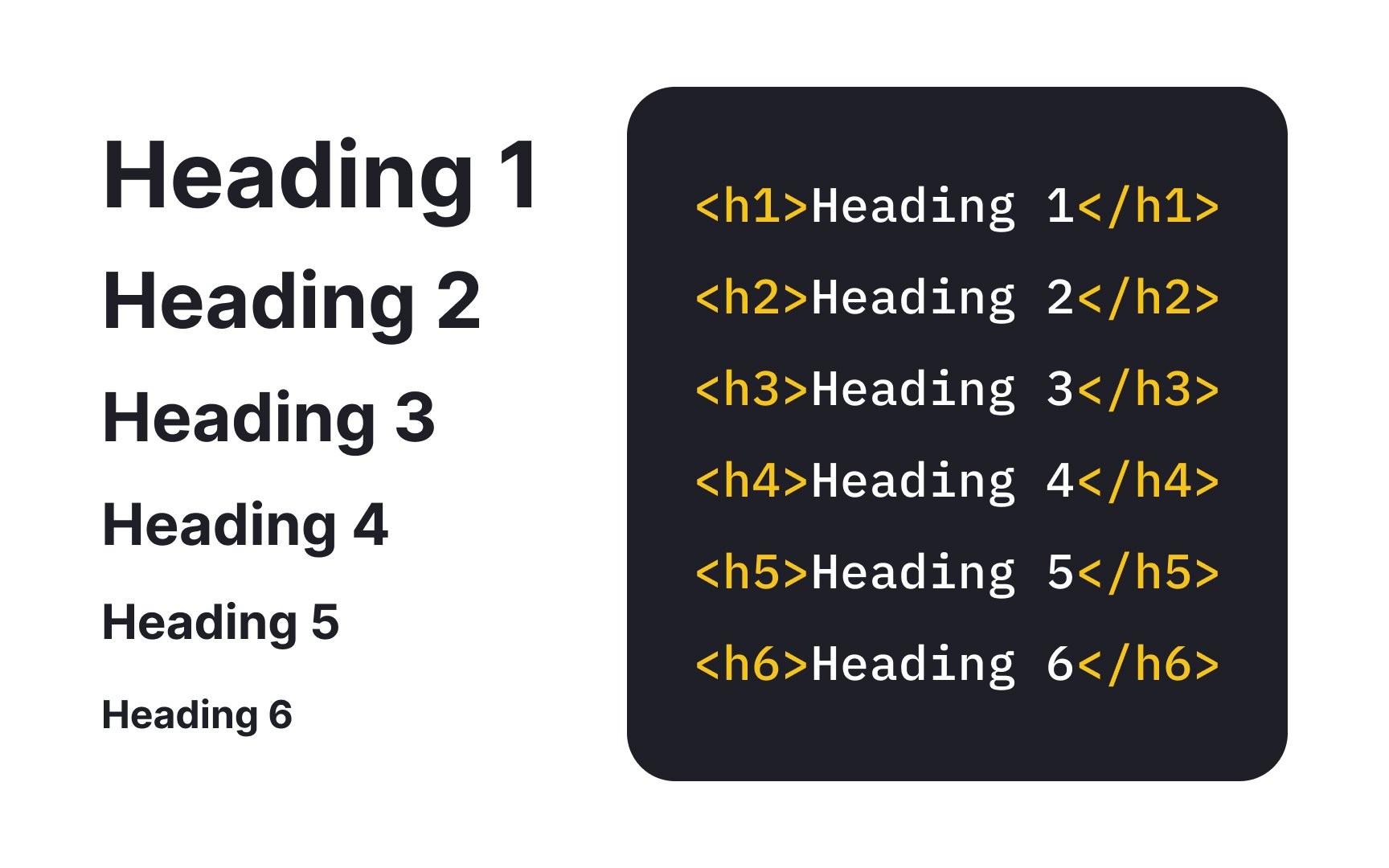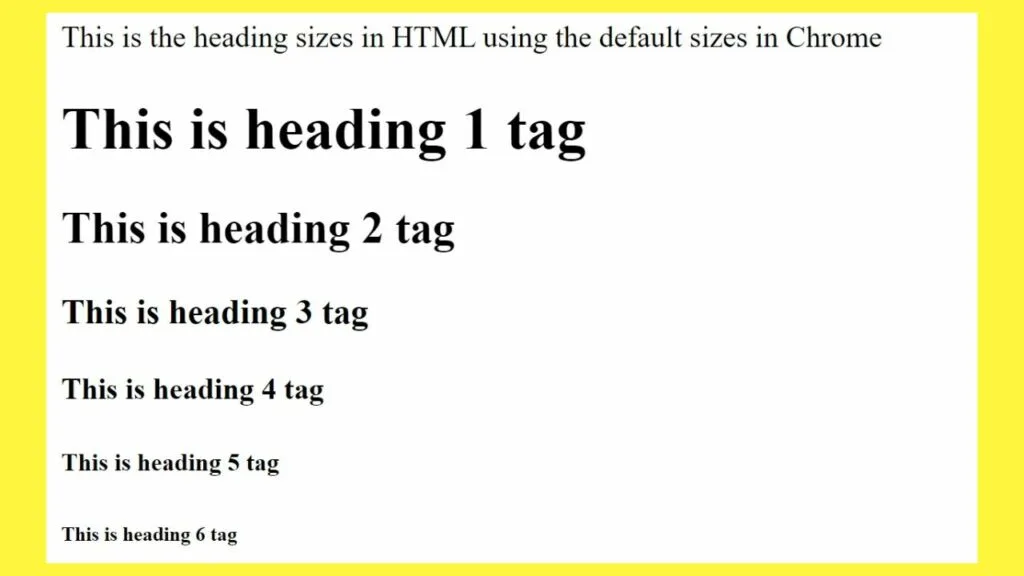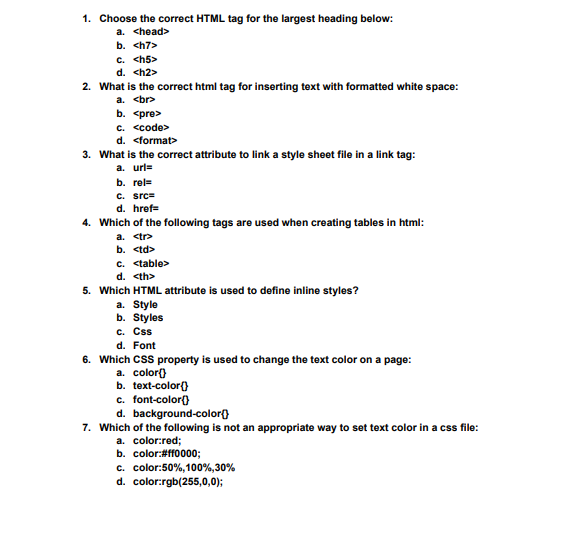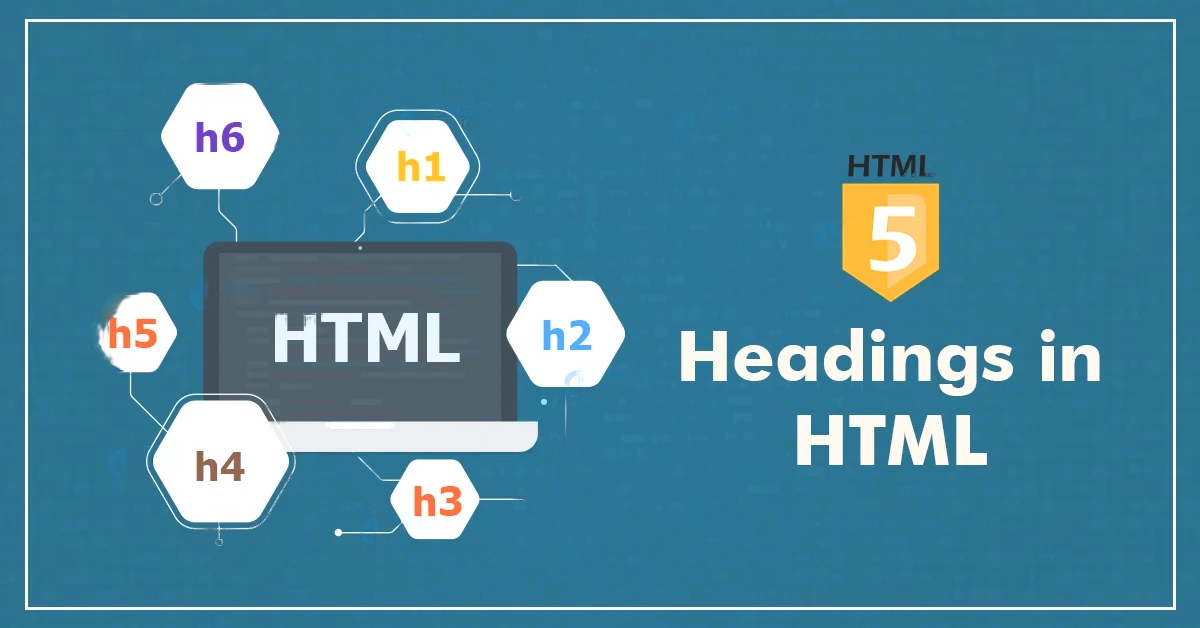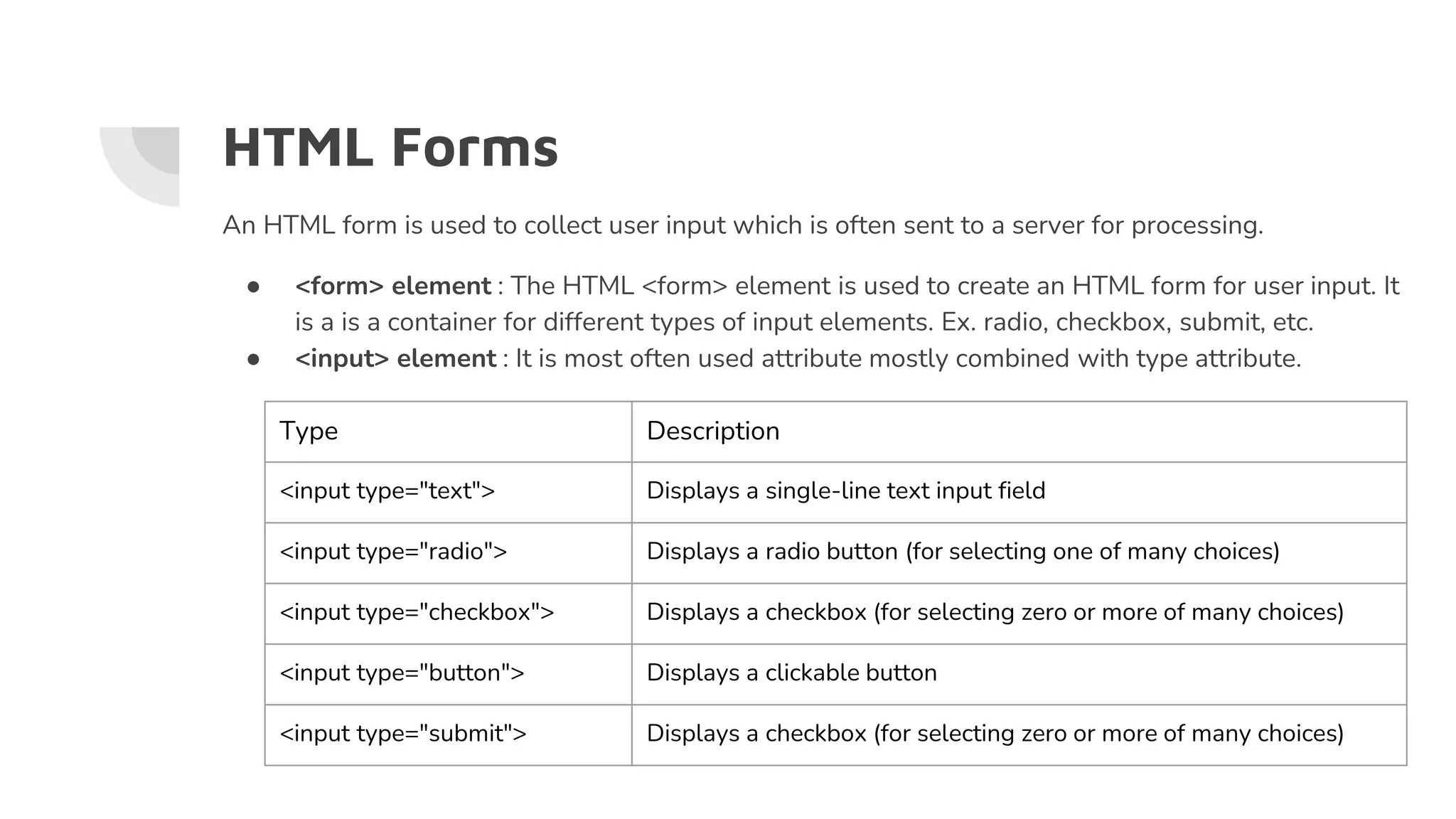Choose The Correct Html Tag For The Largest Heading

The digital world, built on the foundation of code, often hinges on seemingly minor decisions. One such decision, central to web development, revolves around selecting the appropriate HTML tag for structuring headings. Specifically, the debate centers on choosing the correct tag for the largest, most prominent heading on a webpage, a question that has sparked considerable discussion and differing opinions among web developers.
At its core, the issue is selecting between <h1> and other heading tags (<h2>, <h3>, etc.) for the main title. Understanding the nuances of these tags and their impact on search engine optimization (SEO) and accessibility is critical for creating effective and user-friendly websites.
The World Wide Web Consortium (W3C), the international standards organization for the World Wide Web, provides clear guidelines on the proper use of heading elements. Their specifications state that <h1> should represent the main heading or title of a document or section.
According to W3C documentation, heading elements (<h1>-<h6>) define the hierarchical structure of a webpage. The <h1> tag should, therefore, be reserved for the most important heading.
The primary reason for using <h1> correctly lies in its impact on SEO. Search engines like Google use heading tags to understand the content and structure of a page.
A well-structured page with a clear <h1> tag helps search engines determine the page's main topic. Utilizing <h2> or lower-level heading tags in place of <h1> for the main title can dilute the signal to search engines.
Accessibility is another critical factor to consider. Screen readers, used by individuals with visual impairments, rely on heading tags to navigate a webpage.
Using the correct heading structure, starting with <h1>, allows users to easily understand the page's organization and find the information they need. Inconsistent or incorrect heading usage can create a confusing and frustrating experience for these users.
However, the implementation isn't always straightforward. Some developers might be tempted to use CSS (Cascading Style Sheets) to style a different heading tag (like <h2>) to look like a main title.
This practice, while achieving the desired visual appearance, is generally discouraged. It compromises the semantic meaning of the HTML and can negatively impact SEO and accessibility.
Instead of misusing heading tags for styling purposes, developers are advised to use CSS to style the <h1> tag directly. This ensures that the HTML remains semantically correct and that the page is properly structured for both search engines and screen readers.
Consider a hypothetical online news article about climate change. The title of the article, "Climate Change Impacts Widespread," should be enclosed in an <h1> tag.
Subsequent sections within the article, such as "Rising Sea Levels" or "Extreme Weather Events," would then use <h2> tags, creating a clear hierarchy of information.
Misusing the <h1> tag, such as using multiple <h1> tags on a single page when only one represents the main topic, can also be detrimental. Most modern browsers don't enforce a strict limit of one <h1> tag, some older ones might.
While HTML5 allows for multiple <h1> tags within different sections or <article> elements, using only one <h1> to define the main subject is generally considered best practice for improved SEO and accessibility.
The impact of using the correct HTML tag for the largest heading extends beyond individual websites. Consistent and correct heading usage across the web contributes to a more organized and accessible online environment.
This allows search engines to better index and understand content, ultimately leading to more relevant search results for users. It also ensures that individuals with disabilities can navigate websites more effectively.
Ultimately, choosing the correct HTML tag for the largest heading boils down to understanding the semantic meaning of the tags and their impact on both search engines and users. Selecting <h1> for the main title of a page ensures a clear hierarchical structure, improves SEO, and enhances accessibility, contributing to a more effective and user-friendly web experience.
By adhering to best practices and prioritizing semantic correctness, web developers can create websites that are not only visually appealing but also easily discoverable and accessible to all.


